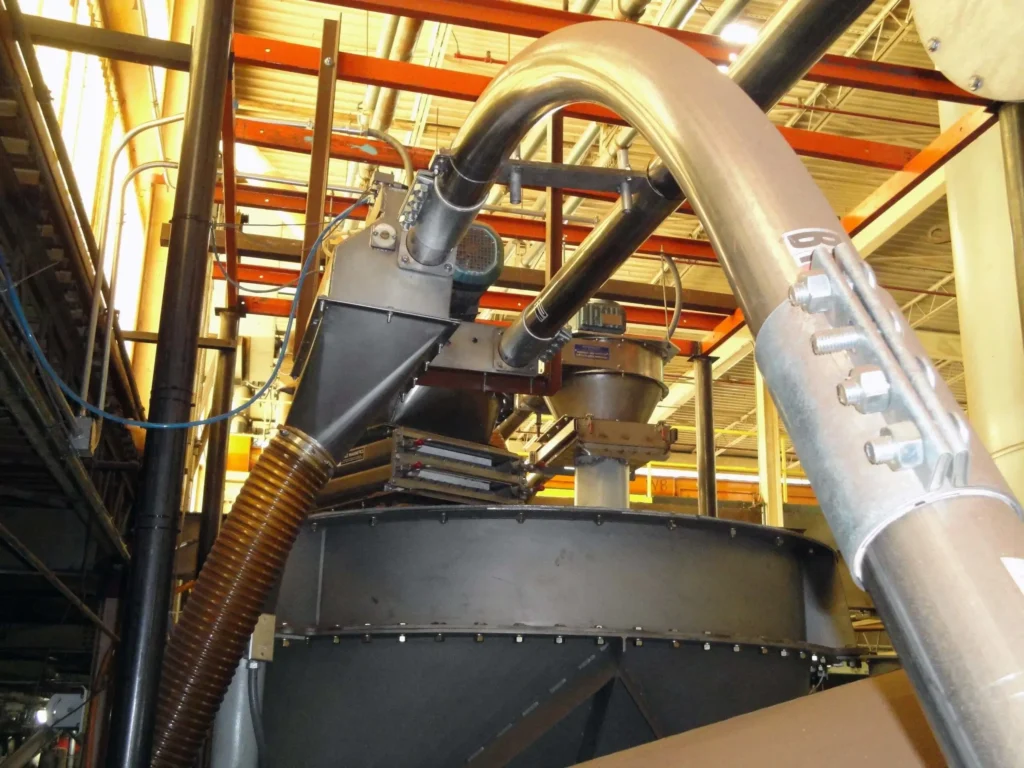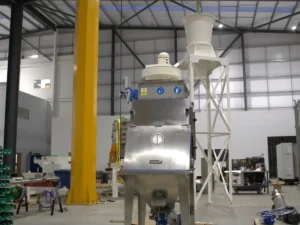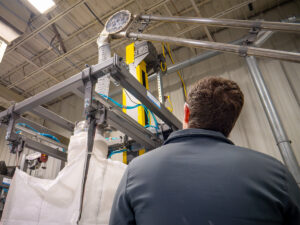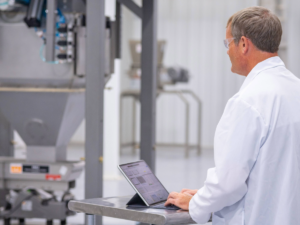Probleme mit Seilschleppförderern kann den Materialfluss behindern, den Betrieb unterbrechen und kostspielige Verzögerungen verursachen. Die Bewältigung dieser Herausforderungen ist für einen reibungslosen Materialfluss entlang der Linie unerlässlich. Entdecken Sie effektive Lösungen zur Problemminderung mit Kabelschleppförderlösungen und sorgen Sie für einen unterbrechungsfreien Materialtransport in Ihrer Produktionsanlage.
Warum ist es wichtig, sich über Probleme mit Seilzugförderern zu informieren?
Was sind die häufigsten Probleme mit Kabelschleppförderer? Wir wissen, warum Sie alle möglichen Probleme verstehen möchten, die mit diesen Fördertechnologien einhergehen können. Die Anschaffung eines Seilschleppförderers für Ihre Anlage ist eine InvestitionSie möchten sicherstellen, dass Sie das Beste aus dieser Maschine herausholen. Wir können Ihnen versichern, dass diese Förderer bei ordnungsgemäßem Betrieb genau das halten, was sie versprechen.
Darum geht es in diesem Artikel – wie man häufige Probleme und Fehler vermeidet. Hier bei Spiroflow, Wir sind seit mehr als 45 Jahren in der Schüttgut-Handling-Branche tätigUnser Team hat Tausende von Förderlösungen auf der ganzen Welt. Unser Ziel ist es seit dem ersten Tag, hochwertige industrielle Fördersysteme bereitzustellen und unsere Kunden zu schulen.
Was leisten Seilzugfördertechnologien?
Ein Rohrseil-Schleppförderer verwendet eine Seil- und Scheibenanordnung, um Bremsmaterial in einem vollständig geschlossenen Rohr. Das Förderbandauswahl kann mit mehreren Ein- und Auslässen ausgestattet werden. Material kann in das System geströmt oder dosiert zugeführt werden.
Genauer gesagt zieht ein motorgetriebenes Kettenrad im Inneren des Rohrs den Kabel- und Scheibenanordnung in einer Endlosschleife durch den Stromkreis. Dieses System kann auf mehreren Ebenen betrieben werden, was eine große Flexibilität bei der Anordnung bietet. Wenn ein Förderband nicht ausreicht, können mehrere Förderbänder miteinander verbunden werden, um größere Entfernungen zu überbrücken.
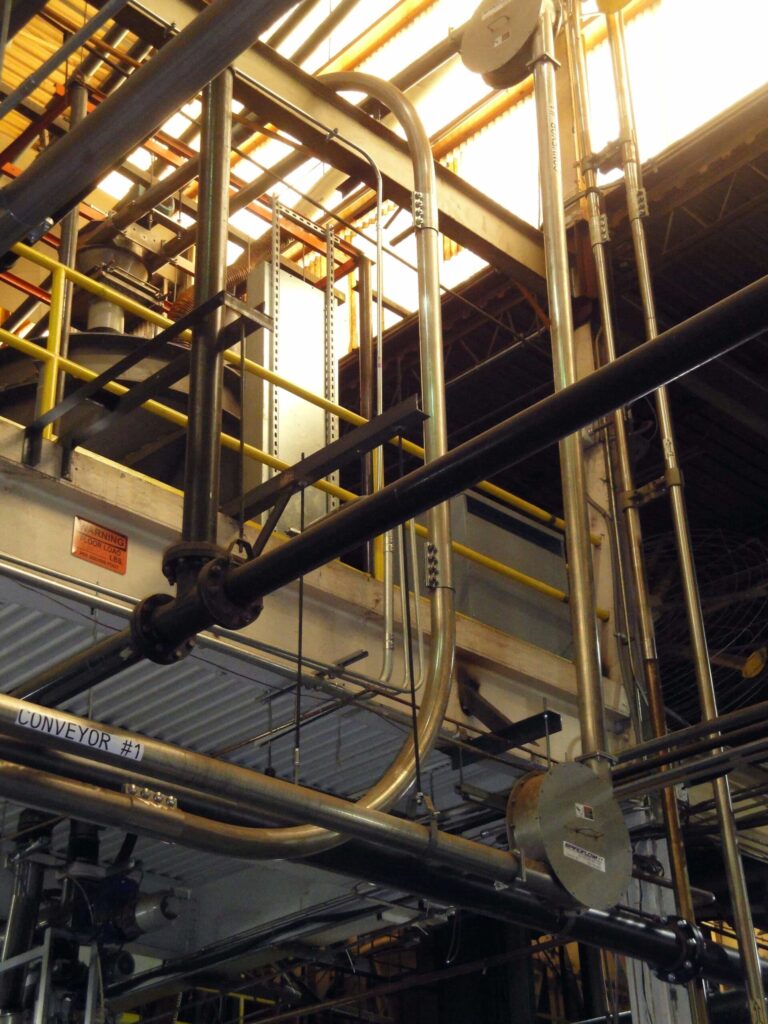
Wie vermeidet man Probleme mit Seilzugförderern?
Möchten Sie sicherstellen, dass Ihre Seilförderer die Leistung liefern, die Ihr Prozess erfordert? Möchten Sie Vermeiden Sie es, ein Vermögen für die Wartung auszugeben und Ersatzteile? Möchten Sie die Ausfallzeiten Ihrer Anlage verkürzen? Wenn dies Ihre Ziele für einen Produktionsprozess sind oder Sie einfach nur wissen möchten, wie Sie das Beste aus Ihren Kabelschleppförderern herausholen, finden Sie hier die Lösungen.
Rohrschleppförderer weisen grundsätzlich keine Mängel oder Fehler auf. Probleme entstehen im Allgemeinen aufgrund von Bedienfehlern, und diese sind leicht zu beheben oder zu vermeiden. Sie müssen lediglich die folgenden Informationen beachten:
- Alle Teile der Schaltung müssen frei von Dellen sein.
- Alle beweglichen Teile im Inneren müssen auf die Ein- und Ausgänge ausgerichtet sein.
- Es ist hilfreich, verfügbare Optionen zu nutzen, die Systemrückmeldungen liefern (Füllstandssensoren, Rotationssensoren und Spannungspositionsanzeiger).
Achten Sie darauf, welches Material Sie transportieren
Stellen Sie sicher, dass das zu transportierende Material für diesen Förderertyp geeignet ist. Schleifmittel, hygroskopische, kohäsive Stoffe oder Schlamm sollten von einem Kabelschlepp ferngehalten werden. Nutzen Sie ein Testlabor, wenn Sie Fragen oder Bedenken dazu haben, was übermittelt werden soll.
Ein weiterer Tipp, den Sie beachten sollten – Überfüllen Sie das Förderband nicht. Es mag verlockend sein, die Kapazität eines Rohrkabelförderers maximal auszunutzen, aber dies kann zu einer Überlastung der Komponenten führen. Wenn Sie feststellen, dass Sie einen Kabelförderer überlasten, sollten Sie ein größeres oder anderes Fördersystem in Betracht ziehen. Ein erfahrener Lieferant wie Spiroflow stellt sicher, dass Sie den richtigen Typ und die richtige Größe des Förderers erhalten, um alle Ihre Anwendungsparameter zu erfüllen.
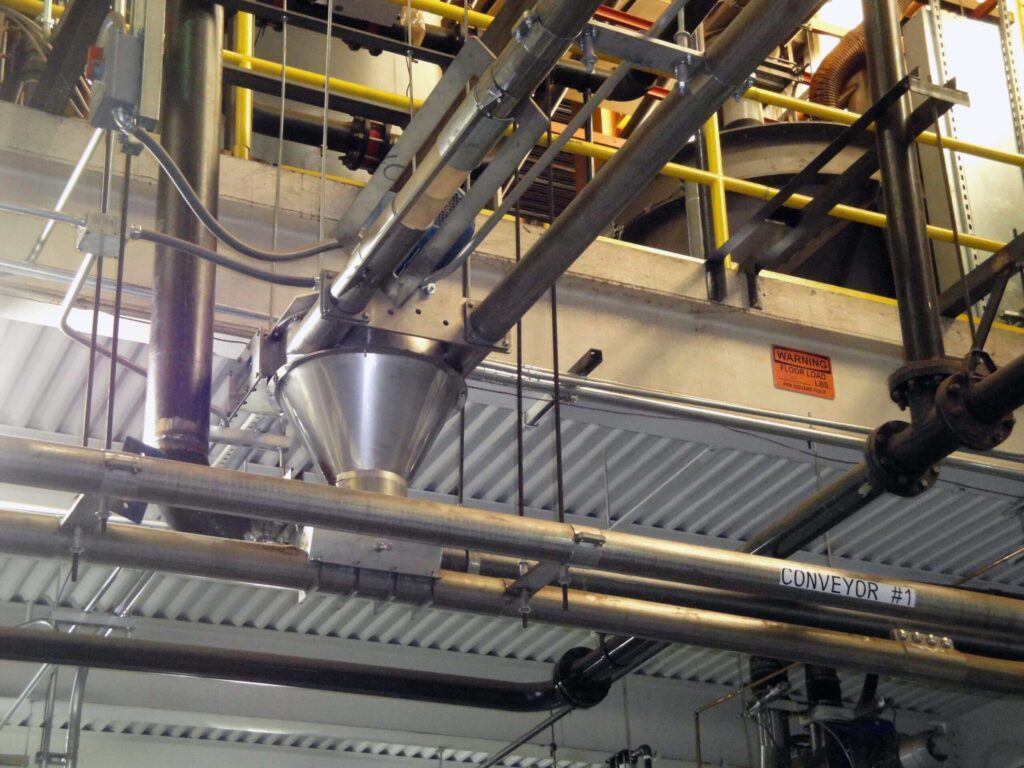
Sorgen Sie für einen reibungslosen Betrieb Ihrer Förderbänder
Der Förderkreislauf muss mit den mitgelieferten Halterungen gestützt werden, um eine Verformung des Kreislaufs während des Betriebs zu verhindern. Der Kreislauf ist nicht selbsttragend, Besondere Vorsicht ist bei Richtungsänderungen geboten. Dies wird normalerweise durch gebogene Rohre erreicht. In diesen Bereichen ist mehr innere Kraft vorhanden, um die Richtung des Förderwegs zu ändern.
Die Schaltung besteht aus mehreren Rohrabschnitten unterschiedlicher Länge. Diese sind an den Verbindungsstellen zwischen den einzelnen Abschnitten mit Hülsenklemmen verbunden. Es ist sehr wichtig, dass die Gelenke mit dem Gegenstück ausgerichtet sind und bilden einen kontinuierlichen, ununterbrochenen Stromkreis. Die Verbindung zwischen den Stromkreiselementen muss bündig sein, ohne dass beim Schneiden Grate entstehen. Dies ist für den ordnungsgemäßen Betrieb von entscheidender Bedeutung.
Die Wichtigkeit der Aufrechterhaltung der richtigen Spannung
Um das Kabel und die Scheibe auf den Antriebs- und Umlenkkettenrädern eingerastet zu halten, müssen sie straff gehalten werden. Wir empfehlen immer die Verwendung einer Spannvorrichtung das eine konstante Kraft auf das System ausübt, um sicherzustellen, dass die Scheiben richtig auf den Kettenrädern einrasten. Die vom Spanner ausgeübte Kraft ist je nach Schaltungslayout, Länge und Fördermaterial variabel. Um eine optimale Systemleistung zu erzielen, muss diese bei der Inbetriebnahme angepasst werden.
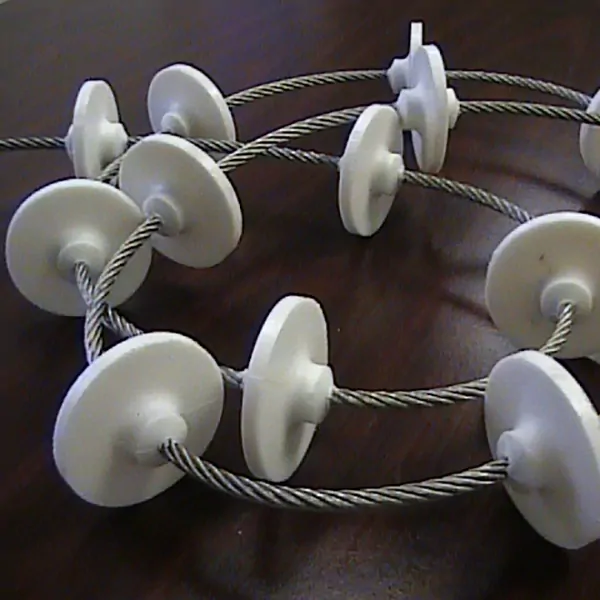
Haben Sie noch Fragen? Spiroflow ist für alle Ihre Förderanforderungen da
Hilfe ist nur einen Anruf entfernt. Unsere Teams in den Vereinigten Staaten oder im Vereinigten Königreich sind immer bereit, alle Ihre Fragen zu beantworten. Hier bei Spiroflow, Wir bieten eine große Auswahl an mechanischen Förderern zur Auswahl, wenn ein Seilförderer nicht das Richtige für Ihren Prozess ist. Wir entwerfen und liefern auch Entleergeräte für Schüttgutsäcke und Füllstoffe. Wenn Sie an der Integration von Steuerungssystemen interessiert sind, können wir das auch. kontaktiere uns und wir helfen Ihnen, Ihren Förderprozess zu verbessern, um maximale Effizienz in Ihrer Produktionsanlage sicherzustellen.
FAQ
Warum ist es wichtig, sich über Probleme mit Seilzugförderern zu informieren?
Das Verständnis von Problemen mit Seilschleppförderern ist von entscheidender Bedeutung, da diese Probleme den Betrieb unterbrechen und kostspielige Verzögerungen verursachen können. Indem Sie sich über diese Herausforderungen informieren, können Sie Implementieren Sie wirksame Strategien, um einen reibungslosen Materialfluss aufrechtzuerhalten entlang der Förderlinie und sorgt so für eine unterbrechungsfreie Produktion.
Was leisten Seilzugfördertechnologien?
Ein Rohrseilförderer verwendet eine Seil- und Scheibenanordnung, um Materialien in einem geschlossenen Rohr ziehen. Dieser Förderertyp kann mehrere Ein- und Auslässe aufweisen, was vielseitige Materialzufuhroptionen ermöglicht. Sein motorgetriebenes Kettenrad zieht die Kabel- und Scheibenbaugruppe durch den Kreislauf und ermöglicht den Betrieb in verschiedenen Ebenen und Layoutflexibilität.
Wie vermeidet man Probleme mit Seilzugförderern?
Um Probleme mit Kabelschleppförderern zu vermeiden, stellen Sie sicher, dass alle Teile des Kreislaufs keine Dellen aufweisen und alle internen beweglichen Teile auf die Ein- und Austrittspunkte ausgerichtet sind. Nutzen Sie außerdem System-Feedbackoptionen wie Füllstandssensoren und Rotationssensoren. Wählen Sie geeignete Materialien für den Transport, vermeiden Sie eine Überfütterung, stützen Sie den Förderkreislauf ordnungsgemäß ab und halten Sie die Kabel- und Scheibenbaugruppe ordnungsgemäß gespannt.
Wie kann ich Probleme mit Kabelschleppförderern effizient beheben?
Um Probleme mit Seilschleppförderern effizient zu lösen, müssen Sie zunächst die spezifischen Probleme identifizieren, die zu Störungen im Materialfluss führen. Implementieren Sie proaktive Wartungspläne um Kabelverschleiß und Spannungsprobleme zu beheben. Nutzen Sie System-Feedback-Optionen wie Füllstandssensoren und Rotationssensoren, um die Förderleistung zu überwachen. Stellen Sie außerdem die richtige Materialauswahl und Zuführverfahren sicher, um Probleme zu vermeiden.
Welche Vorteile bietet die Verwendung von Seilschleppförderern?
Seilförderer bieten mehrere Vorteile, darunter schonende Materialhandhabung, geschlossene Bauweise zur Staubeindämmung und Flexibilität bei der Gestaltung und Konfiguration. Sie können eine breite Palette von Materialien handhaben und sind für verschiedene Branchen wie die Lebensmittelverarbeitung, Pharmazie und Chemie geeignet. Darüber hinaus sind ihre geringer Wartungsaufwand und Energieeffizienz machen sie zu einer kostengünstigen Wahl für den Materialtransport.

